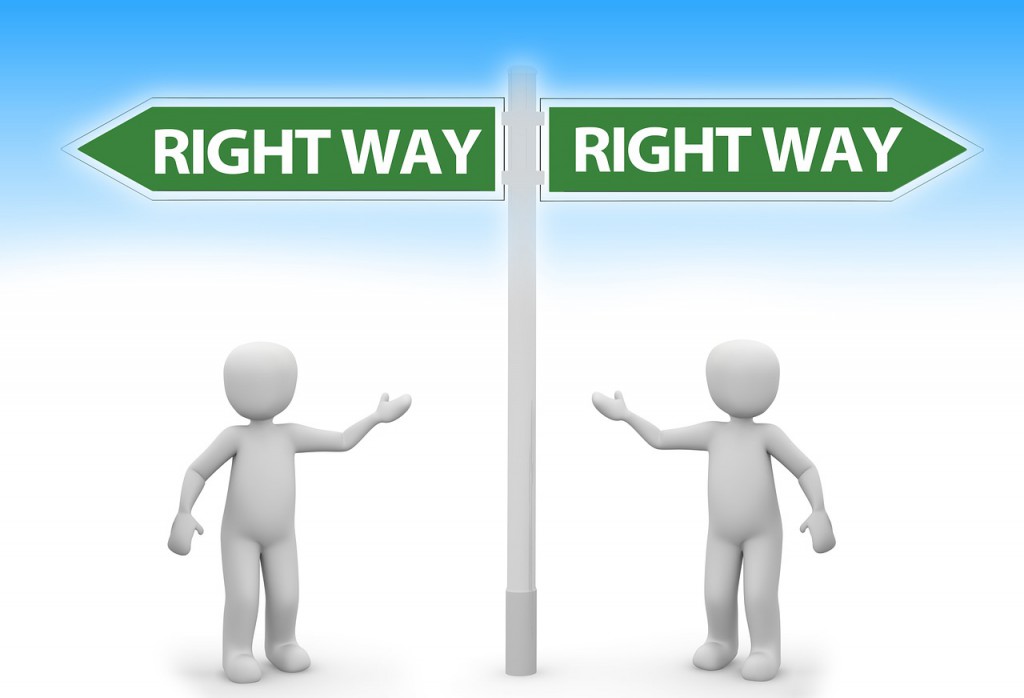For many years now we’ve been witnessing the phenomenal rise of Amazon.com. Retailers and manufacturers of all kinds have been scurrying to get their digital act together. The media has been rife with questions about traditional business models of stores and distributor channels.
And now finally, Amazon has opened physical stores in key categories – grocery and books to name a few. The Whole Foods acquisition has come as a recent big announcement.
What’s going on with Amazon & physical retail and how to make sense of the game plan that Amazon has?
 First, here’s the red herring – the battle is not about digital or physical, or any combination of the two. It’s not even about innovation and leadership. Its a given that people are going to go digital given enough time and experience. Every channel needs time to develop and be a comfortable experience for customers. And slowly but surely, goods of various categories are falling into that bucket. We thought it will never be clothes, except that we find now that clothes are actually pretty commoditized if we know what we want, and if we’ve bought them before. Same for grocery and food which are after all the same shopping list being created and executed week after week. Its been that way for a long time with electronics and spare parts as well.
First, here’s the red herring – the battle is not about digital or physical, or any combination of the two. It’s not even about innovation and leadership. Its a given that people are going to go digital given enough time and experience. Every channel needs time to develop and be a comfortable experience for customers. And slowly but surely, goods of various categories are falling into that bucket. We thought it will never be clothes, except that we find now that clothes are actually pretty commoditized if we know what we want, and if we’ve bought them before. Same for grocery and food which are after all the same shopping list being created and executed week after week. Its been that way for a long time with electronics and spare parts as well.
The biggest hurdle to digital commerce was the risk factor – what if the purchase is not what we think it will be? And Amazon, like many retailers, has solved for that already through an easy and simple returns process. Its no wonder then that people who shop heavily are folks who get free shipping and an easy returns process. in fact, Amazon Prime members in many categories have much higher return rates than customers shopping at stores. That’s simply because we buy more than we need (extra sizes, different colors, different styles etc. ) and then we return what we don’t need. It’s pretty darn convenient.
So Amazon entering physical retail cannot be a threat on its own. Sure, they may have better online presence, and fast shipping and distribution mechanisms, but they also have lower margins.
Instead, almost everyone is missing the real point that this is a battle for building a connected ecosystem. It was never about individual product lines being sold digitally which we should take for granted as a universal certainty. In fact, the biggest competitor for established businesses (and their Achilles heel) is the combination of Amazon Marketplace, their diversity of product businesses, and their Prime membership model. Think of what we get with this combination – movies, books, free and fast shipping, TV – and not to mention almost everything under the sun on Amazon.com from marketplace sellers.
Not surprisingly, in 2016, Amazon.com had already beaten Google as the top search engine for product search (55%) when customers reasonably know what they want. More than 70% of customers do so because of the wide variety of product availability on Amazon. These 2 capabilities together are a lynchpin of modern commerce. These two capabilities help get customers in, and then all these customers have frictionless (and free) access to commerce transactions. Everything else is easily competed against – better online presence, personalized recommendations, easy purchase process, good shipping, good returns, etc. These are all table stakes. In fact Amazon is not really that great at many of these things and like everyone else is constantly improving.
So Amazon.com buying Whole Foods is not at all threatening if you apply the traditional lens and consider only the grocery business. There are plenty of players who will beat Amazon hands down in that business. Instead, what is missing in the media headlines right now is that this play is not just about grocery or retail. It’s actually about building a connected ecosystem that brings everything a customer needs under one nice umbrella called Amazon Prime, and a marketplace that has unlimited choice.
Hence, the issue of Amazon & physical retail is a red herring. But the situation is not hopeless. Here’s what everyone else can do to counter this juggernaut:
- Redefine your identity and start connecting: In today’s connected age, we cannot operate in a small silo and expect not to be disrupted. So long as grocers think of themselves as grocers, banks as banks, and pharmacies as pharmacies they will continue to see invasion of broader players into their space. Digital has made that a near certainty. Instead, we must expand our identity and build a connected, digital business. Becoming connected doesn’t mean becoming a conglomerate like Amazon.com. That’s neither easy nor possible for many. Instead its time to start being a trader / seller of different kinds of services that consumers need, and not just the products we’ve sold for decades. Take for example a grocery chain creating a local network of fitness centers, health food brands and dieticians. Its a win-win for everyone involved. All parties see increased retention and higher wallet share from the customer. That’s a partnerships model and much more doable. Especially because its also local. The possibilities for this network are endless and can include banks, local sports clubs, farmers markets, restaurants, and many others. That’s the only way to win in today’s customer centric economy. We cannot be selling in silos and expect to win. Some examples do exist today (like health insurers working with fitness centers) but those at-an-arm’s-length partnerships are not enough. These relationships must become more intense, more deliberate, and much more obsessed about customer experience.
- Build a connected loyalty model: Those of you who’ve read my 3-Tier loyalty model will know that a connected business can build what others (or even Amazon) can’t today. Loyalty today is all about instant discounts and rebates. But loyalty must move towards experiential and aspirational rewards. A connected ecosystem can accomplish that so easily and keep the costs down as well. Can a loyal member of the network in the example above win a wonderful candlelight dinner on Valentine’s day at a restaurant, or can customers build their rewards towards great seats at the Super Bowl next year? The possibilities are limited only by our imagination. That’s the loyalty model a connected business can build with its partners. And it could easily be in addition to the 20c off the salad dressing, or 20% off the first 2 months of the gym membership.
- Orient the org to look beyond legacy and focus on CX: How can multiple companies from different sectors come together and make this happen. The short answer is that they can’t unless they reorient to focus on CX, not product lines. Fortunately the solution is simple for those willing to dare. They must create a CX layer on top of their products and services business. The CX layer will be made up of folks from all partners across industries and their only job is to manage just one product – the connected CX. This layer of product managers will create exciting and innovative journeys, and then make them happen through existing products. Read more about this model here.
To be clear, online and digital is the way forward. So there is no reason to think Amazon.com entering physical retail is any vindication of physical stores being a must for business. Quite the contrary – physical stores are a complement to digital but they will most definitely become a specialized channel for retail (or banking or automobiles for that matter).
The real challenge is to build a connected business. The part about Amazon entering through buying up the physical stores is just a big fat red herring.
- Based on my book Connected! How Platforms of Today Will Become Apps of Tomorrow. Sign up for the 5 Steps to Connected series that will send all the 5 connected models to your inbox for free.
- Images courtesy of Pixabay (image 1, image 2)

